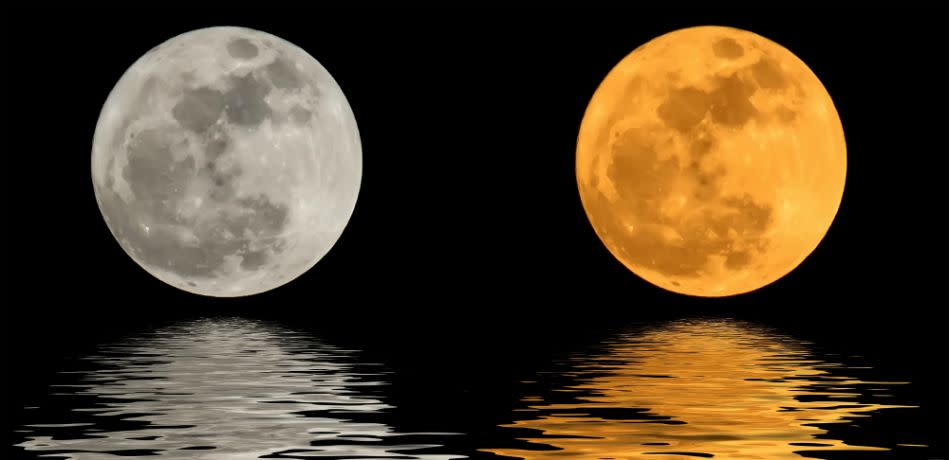Moons can actually have moons (and the name for them is just brilliant)

Could a moon actually have its own moon, orbiting around it, rather than around the planet?
Yes, scientists believe – and one of the names for such objects is absolutely superb: moonmoons.
In a paper on the pre-print service arXiv, scientists from the Carnegie Institution for Science and the Laboratoire d’Astrophysique de Bordeaux discuss the existence of such objects.
Boringly, those scientists use the term ‘submoon’, but others have suggested the name ‘moonmoon’, according to Gizmodo.
Carnegie’s Juna Kollmeier and Sean Raymond write that there are no ‘moonmoons’ in the solar system – as the objects need to be in a very specific place.
MORE: Weatherman narrowly avoids being IMPALED by piece of wood during live Hurricane Michael broadcast
MORE: Bristol University introduces mental health staff in halls of residence after series of suicides
Moonmoons (or submoons) need to be close enough to the moon to be bound by its gravity – but not so close they’re torn to bits by tidal forces.
The moon which the moonmoon orbits has to be relatively far away from the planet – so that the moonmoon isn’t snared by the planet itself.
Raymond told New Scientist, ‘Something has to kick a rock into orbit at the right speed that it would go into orbit around a moon, and not the planet or the star.’
The researchers write, ‘While many planet-moon systems are not dynamically able to host long-lived submoons, the absence of submoons around known moons and exomoons where submoons can survive provides important clues to the formation mechanisms and histories of these systems.
‘Further studies of the potential formation mechanisms, long-term dynamical survival, and detectability of submoons is encouraged.’

 Yahoo News
Yahoo News 
